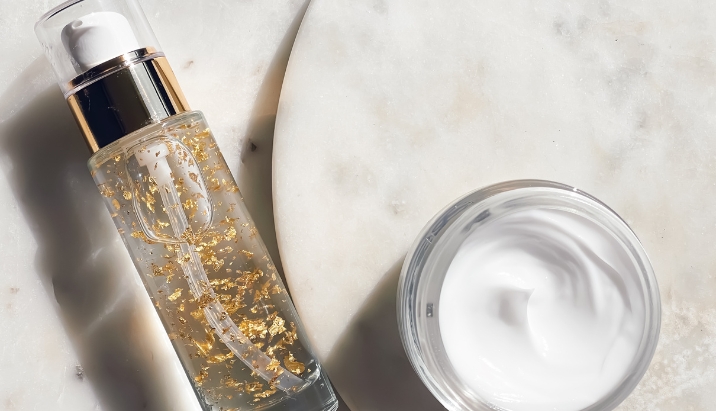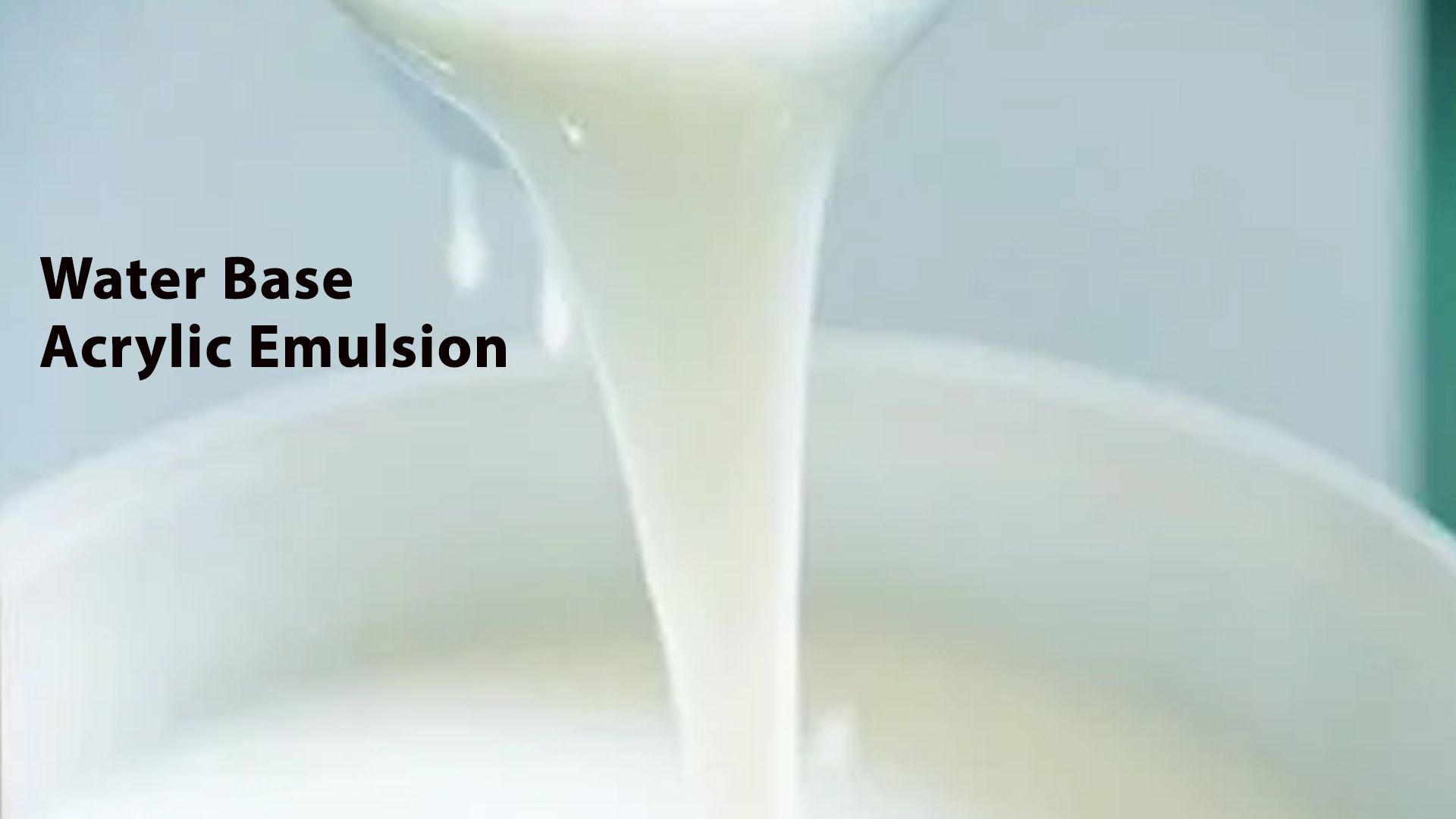
Water Base Acrylic Emulsions have become a preferred choice across coatings, paints and varnish applications due to their low VOC content, superior adhesion and compatibility with a wide range of substrates. One key aspect that determines its performance characteristics is solid content – the proportion of non-volatile matter in the emulsion. This article explores how differences in solid content levels in Water Base Acrylic Emulsions impact viscosity, film formation, durability and other performance factors. It also highlights considerations for choosing the right solid content based on your application requirements.
What Does Solid Content Mean in Water-Based Acrylic Emulsions?
Solid content in water-based coating resins refers to the percentage of solids in the emulsion after the water evaporates. This solid portion forms the final film on the substrate. The higher the solid content, the more material remains post-drying, directly impacting the coating’s thickness, performance and durability.
In simple terms:
- High solid content – thicker film builds, faster coverage, improved abrasion resistance.
- Lower solid content – thinner film, suitable for decorative or lower-demand coatings.
This balance between solids and fluid content can alter several characteristics of Water Based Acrylics, from application ease to final film properties.

How Solid Content Levels Affect Performance of Water Base Acrylic Emulsion?
1. Film Formation and Coating Thickness
One of the most immediate effects of solid content lies in the dry film thickness. A higher solid content emulsion delivers a denser, thicker coating in fewer passes.
- High solids build thicker films per coat, which may be preferred in industrial applications requiring durability.
- Low solids may require multiple coats to achieve similar thickness, but allow finer control in precision coatings.
This is particularly relevant for water-based resin emulsions used in wood varnishes, architectural paints and industrial surface coatings where coverage and protective capacity are critical.
2. Drying Time and Film Uniformity in Water Based Emulsions
Drying behavior changes significantly with the solid content level. While high solids generally offer better durability, they tend to dry slower due to the higher amount of resin that needs to form a coherent film.
- Higher solid emulsions may exhibit slower water evaporation, which can affect productivity in fast-paced industrial processes.
- Lower solid emulsions dry faster, making them ideal for rapid application cycles or environments with high turnover.
Thus, selecting the right solid content ensures balance between productivity and desired finish.
3. Viscosity and Application Properties
Solid content directly influences the viscosity of a water-based resin, affecting how it behaves during application-whether by brush, spray or roller.
- Higher solid content levels lead to thicker viscosities, often needing adjustment with coalescing agents or dilution.
- Lower solid content produces more fluid emulsions, offering ease of application but possibly reducing coverage per coat.
For Water Base Acrylic Emulsion, we can account for these variables when recommending products for specific surfaces like concrete, metal or drywall.
4. Water Based Emulsions in Abrasion Resistance and Surface Durability
As the film dries, the amount of resin left behind from high-solid emulsions contributes to stronger, more abrasion-resistant surfaces. This makes them ideal for environments exposed to friction, moisture or heavy handling.
- Higher solid content offers better abrasion and chemical resistance, key in industrial flooring or exterior wood finishes.
- Lower solid content levels may not meet performance needs in harsh conditions but work well in interior or decorative applications.
When formulating with water-based resin emulsion, choosing the solid level helps align durability with cost-effectiveness.
5. Washability and Fungus Resistance in Water Based Acrylics
High solid content in water-based coating resins also plays a role in the washability and microbial resistance of the coating. More resin presence means a denser network that prevents dirt absorption and resists microbial growth.
- Coatings with higher solid content levels tend to have superior stain resistance and anti-fungal properties.
- Lower solid content formulations may offer aesthetic finishes but need additives for equivalent washability.
These attributes matter in applications like hospital walls, exterior woodwork or bathrooms—spaces requiring cleanability and hygiene.

Water Base Acrylic Emulsion: Performance Considerations for Specific Coating Applications
When selecting Water Based Acrylic Emulsions, the ideal solid content varies depending on end-use. Here’s how different levels align with specific needs:
High Solid Content (Above 45%)
- Uses: Exterior wood coatings, industrial varnishes, protective flooring.
- Benefits:
- Excellent durability.
- High resistance to wear, chemicals and algae.
- Better UV stability.
Medium Solid Content (Around 42-45%)
- Uses: General-purpose paints, architectural coatings, furniture finishes.
- Benefits:
- Balanced flow and performance.
- Suitable for most indoor and outdoor applications.
- Good resistance with manageable viscosity.
Low Solid Content (Below 40%)
- Uses: Decorative finishes, primers, budget coatings.
- Benefits:
- Easier application and lower cost.
- Fast drying time.
- Reduced viscosity for spraying or dipping.
This segmentation helps tailor emulsions based on customer expectations and application environments.

Conclusion
Water Base Acrylic Emulsions remain a cornerstone of modern coatings, combining performance, adaptability and ease of formulation. The percentage of solid content within these emulsions dramatically influences how the coating performs – impacting everything from film thickness to drying speed, abrasion resistance and washability. Choosing the right solid content level ensures results that align with your performance and application needs.
From high-resistance industrial coatings to easy-to-apply decorative finishes, understanding how solid content functions unlocks the full potential of water-based acrylics in today’s coating landscape.
- Tridev Resins: Delivering High-Performance Synthetic Resins for Diverse Industrial Applications
- How Different Solid Content Levels in Water-Based Acrylic Emulsion Affect Performance?
- Polyamide Resins in the Printing Industry: Enhancing Performance for Specialized Inks on Challenging Surfaces
- Why Methylol Content Matters in Alkyl Phenolic Resins for Automotive and Leather Adhesives?
- How Rosin Modified Phenolic Resins Contribute to Long-lasting and Stable Printing Ink Formulations?



